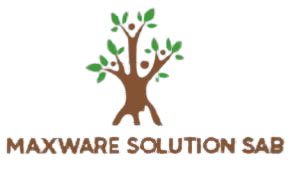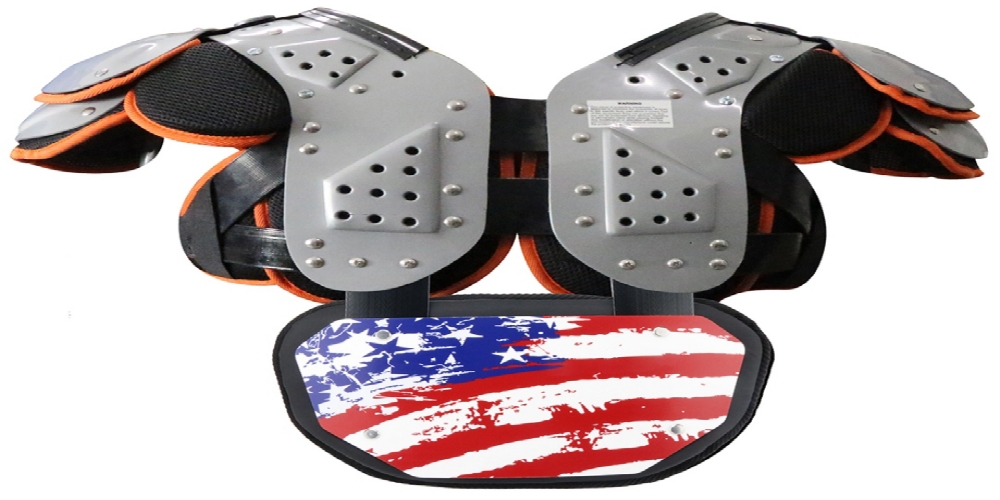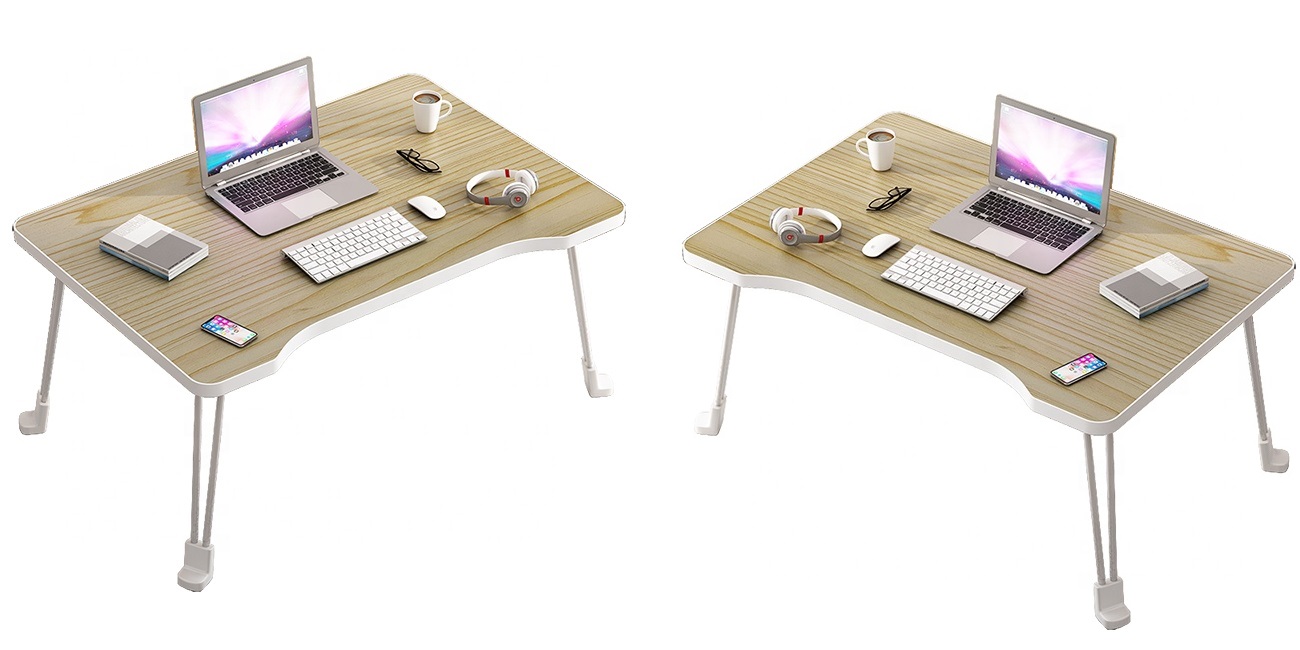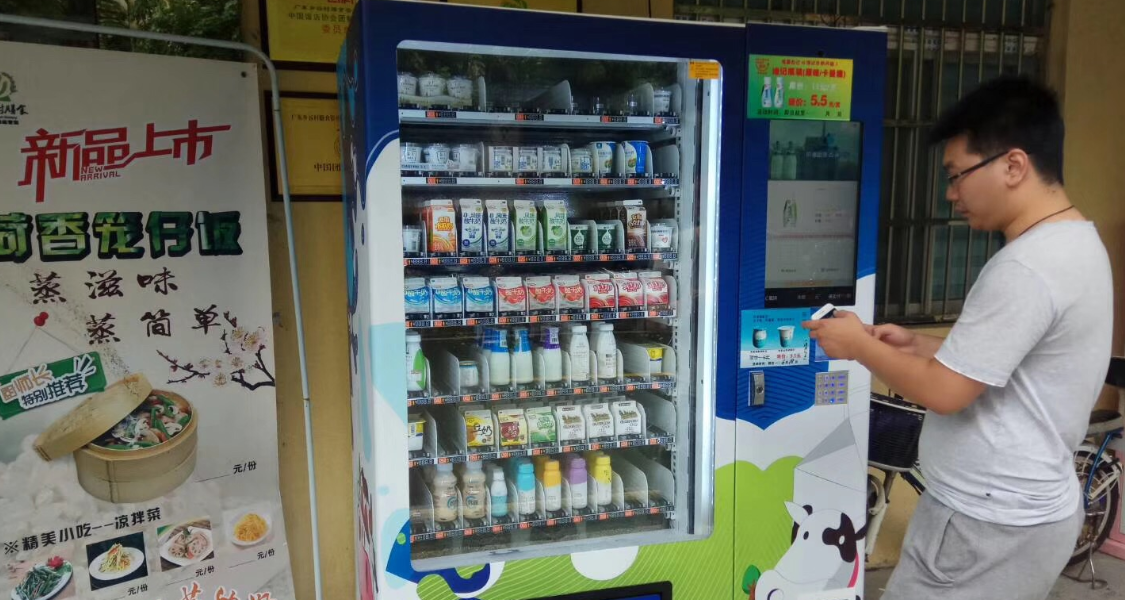Pressure washers are essential tools for cleaning and sanitizing surfaces. But if you don’t clean your pressure washer with the right products, it can be a contact breeding ground for germs and bacteria.
Most people use a pressure washer to clean their house, deck or car, but few people know how to maintain them properly. Regularly cleaning and disinfecting your pressure washer will help it last longer and perform better.
Today’s new pressure washers are better than ever before. They’re easier to use, less expensive to operate and more powerful than their predecessors. But along with the increased performance comes an increased risk of damaging your equipment if you don’t follow the manufacturer’s recommended operating procedures.
How to Clean and Disinfect a Pressure Washer
You can perform the routine maintenance and cleaning work for your pressure washer based on the manufacturer’s recommendations. This includes changing the oil, filters and hoses in your pressure washer, as well as repairing any leaks or testing the safety valves.
The first thing to do is to check the manufacturer’s recommendations for cleaning and disinfecting your unit. Some manufacturers prefer that you run a bleach solution through the pressure washer, while others may recommend using a vinegar solution. Some manufacturers even recommend using a specific brand of cleaner. Make sure you read the manual before you do anything else!
Here is a list of several critical tips that will help you clean and disinfect your pressure washer without damaging it:
Clean out the intake filter after each use
This is especially important if you’re using your pressure washer in contaminated areas such as hospitals or nursing homes. The best way to avoid contaminating your pressure washer is to install an in-line filter on the water supply line. This will keep all of the contaminants from being drawn into the pump system.
Keep corrosive chemicals away from your washer
Even though most new pressure washers can handle some chemical additives, it doesn’t mean they should be used. The reason is simple: Most chemicals can damage a variety of components inside your pressure washer, including seals, O-rings, pistons and valves. To avoid problems, stick with plain water – it works just as well as any chemical additive and won’t harm any part of your pressure.
Next, you’ll want to shut off the gas supply on your gas-powered unit, then disconnect the spark plug wire on a gas-powered unit or unplug an electric model. Allow the engine or motor to cool down before continuing with these steps.
Next, remove all of the hoses and wands from your pressure washer and clean them thoroughly with soapy water and an old toothbrush. Make sure they’re completely dry before reassembling them on your unit.
If possible, remove any screens or filters from your pressure washer, then clean them with soapy water and an old toothbrush as well. If you can’t remove them from the unit itself, be sure to contact the experts at Giraffetools collections for more help in your cleaning.









